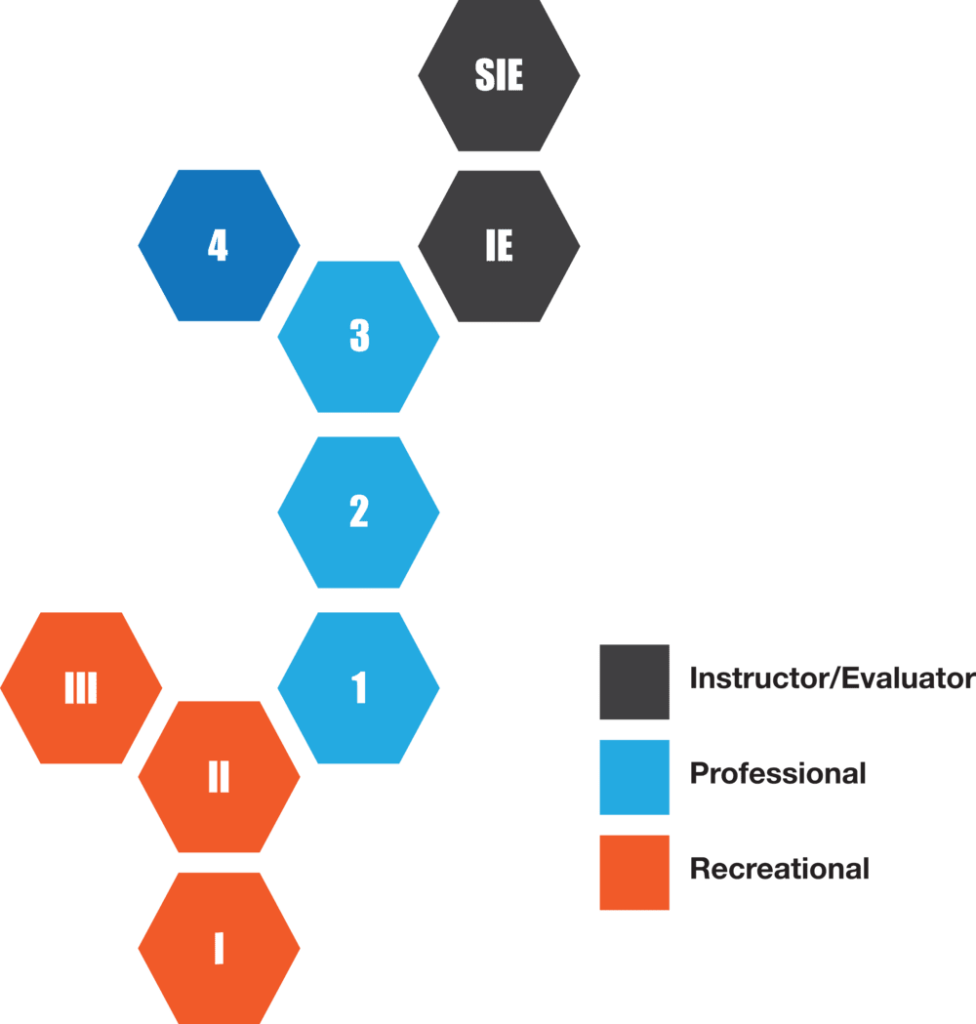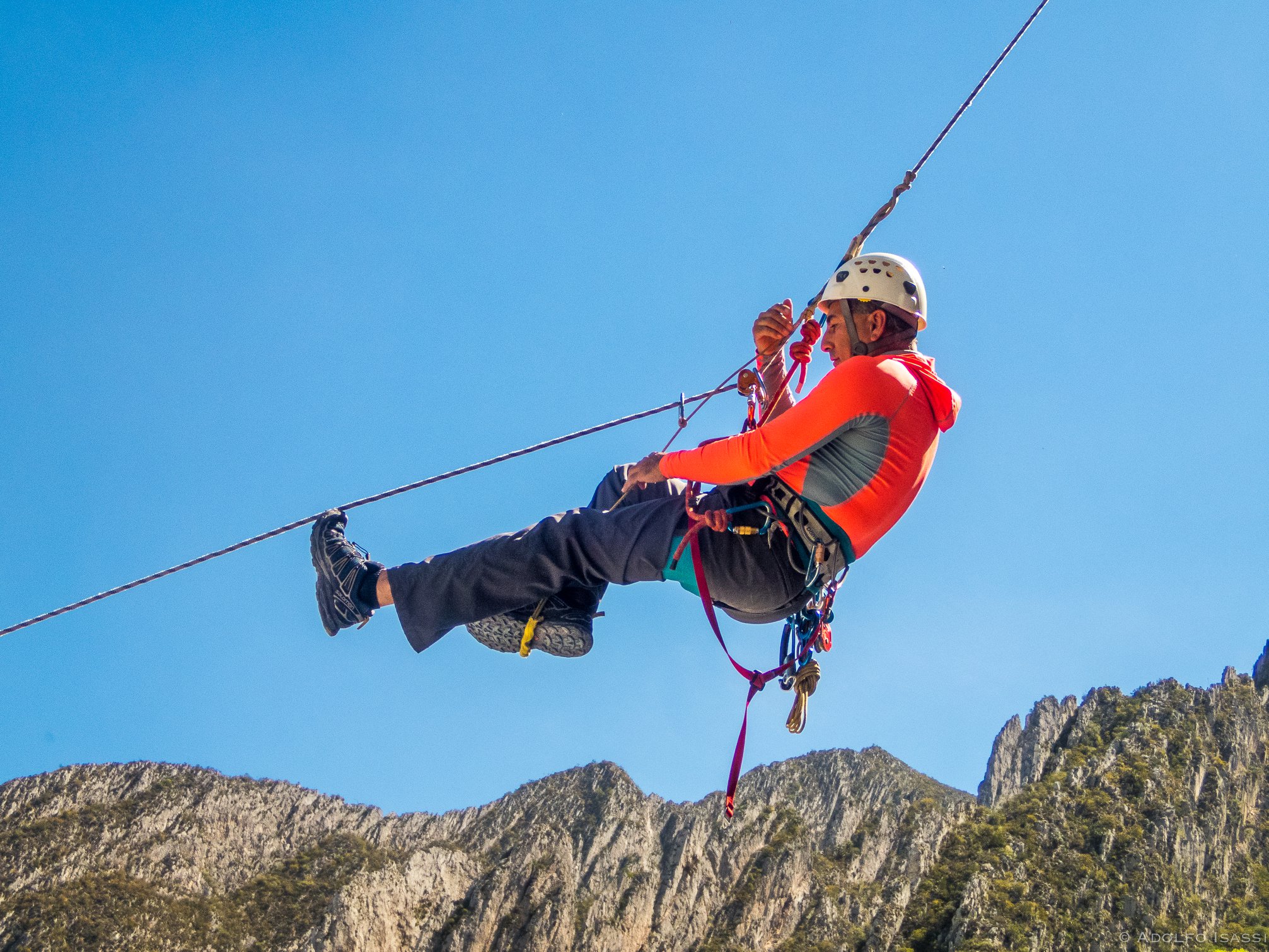In this episode Rich and Adolfo discuss the topic of preparing for an assessment, whether it be for professional canyon guide or recreational canyon leader. The conversation covers the reasons why someone would pursue certification, the differences between professional guides and recreational canyon leaders, and the various certification programs available worldwide. They also delve into the challenges and common reasons for failure in assessments, such as lack of organization, over-reliance on gear, and the importance of improvization and problem-solving skills. The episode emphasizes the value of experience and apprenticeship in becoming a skilled guide.
The four levels of professional certification in Canyon Guides International (CGI) are explained, along with the purpose of the Level 2 certification for guides working in specific canyons. They conclude with tips for those preparing for assessments, including taking it slow, having a plan, and playing the scenario in their head before executing.
Download your FREE copy of our Competencies Checklist. The checklist is a tool that can provide you with a roadmap of sorts to put you on a more efficient path to learning and becoming a more competent and self-reliant canyoneer.
Canyon Leader or Guide Assessment Pointers
- A technical assessment, where general knowledge, problem solving, rigging coverage and efficiency and rescue skills are assessed.
- An in canyon shadowing assessment where soft-skills are observed. Logistics, operational standards, group sequencing and management, client interaction, spot-instruction are assessed.
POINTERS FOR THE TECHNICAL PART OF THE ASSESSMENT:
- Check that all carabiners involved in a system that is connected to a life or a load are locked. This is one of the most common mistakes. If a life or a load is connected to a system, lock the carabiners. If you want to elevate your game, do a squeeze test on your carabiners as you move along your system.
- During the assessment, assume that all evaluation stations are exposed. Not only safety clip into the station, but think ahead on station management. Are you clipped in a way that replicates the master point? Redundant and no extension? Are you in the way of your clients coming to the station? Can you offer assistance or indirect rescue from your position?
- During the assessment, organize your gear according to the task. Consider not carrying every possible piece of gear on your harness at all times. This is bound to excessive shuffle and clutter. Is even worse when you are carrying an ideal piece of gear for a task, and you’re not even using it. Listen to the task given by the assessor, and be deliberate with your gear selection.
- Consider organizing your gear by: Self-Rescue, Indirect-Rescue, Direct-Rescue. Use your pack or a rescue-pouch to organize your gear.
- During the assessment, assessors are not only looking for safety and completion of the task in a timely manner, but also for the task to be done efficiently and with aplomb.
- Use a Skills Checklist to prepare for the assessment. Make sure that you understand all the terminology in the list. If you are not sure what something means, ask. Do not just google it and assume that the search results are correct.
- During your preparation for the assessment, try to get past memorization of steps for specific tasks. It is important that a leader/guide knows why something is needed: The reason behind a procedure.
- For complex rescue or guiding scenarios, take the time to elaborate a mental plan. Identify the objective, the risks involved, and how to mitigate them. Consider talking aloud as you execute your steps. This helps the assessor to have an insight on your thought process.

There is no shortage of certification schemes for canyon guides offered by various organizations around the world. Some are quite good, but most expect an aspiring guide to complete a series of courses only with that organization.
There is nothing wrong with that, except that the best guides typically acquire their knowledge and skills from a variety of sources, both formal and informal.
Canyon Guides International (CGI) provides a path to an international certification that is based on validating four things:
- Documenting Experience
- Testing Knowledge
- Assessing Technical Skills
- Verifying Leadership Skills

We would love to hear your feedback ...
- What part of this episode was the most meaningful for you?
- Was there anything confusing about it, or where did you need more information?
- Do you have questions about the episode?
- Do you have a topic suggestion for a future episode?

